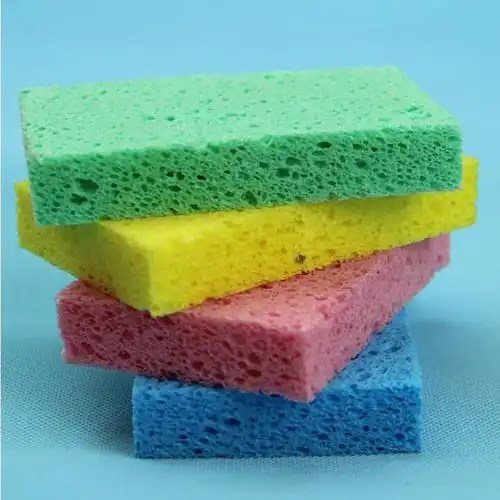
A non-hydrolyzable silicone surfactant designed for flexible polyurethane foam production plays a crucial role in stabilizing the foam structure during the foaming process. Here's a breakdown of what it is and why it's important:
A non-hydrolyzable silicone surfactant is a type of silicone-polyether copolymer in which the chemical bonds are designed to resist breakdown in the presence of water (i.e., hydrolysis). In the context of polyurethane (PU) foam production, this stability is vital for consistent performance, especially in humid environments or water-based formulations.
| Feature | Benefits for PU Foam Production |
| Non-hydrolyzable structure | Maintains stability in water-based systems |
| Improved foam stabilization | Supports open-cell structure, enhances airflow |
| Uniform cell structure | Leads to better cushioning and comfort |
| Low VOC emissions | Compliant with environmental standards (e.g., CertiPUR-US) |
| Versatile processing | Suitable for both high-resilience and conventional PU foam |
These are continuously produced foams used in applications such as mattresses, furniture cushions, and packaging.
Application Role of Silicone Surfactant:
Provides excellent foam stabilization during the rise process.
Ensures uniform cell size and open-cell structure for improved breathability and softness.
Helps reduce shrinkage and surface defects.
Benefits:
Enhanced comfort and cushioning.
Smooth foam blocks with minimal surface crust.
Consistent performance in high-speed manufacturing lines.
Used in automotive interiors (seats, armrests), office furniture, and consumer goods.
Application Role:
Maintains cell structure control during mold filling and foam curing.
Promotes dimensional stability and surface quality.
Benefits:
Superior shape retention and ergonomic support.
Compatibility with automated molding systems.
Essential for producing low-emission automotive interior foams.
These foams have higher elasticity and durability, used in premium seating and bedding.
Application Role:
Supports finer cell control at higher isocyanate indices.
Ensures mechanical strength without compromising softness.
Benefits:
Long-lasting performance in seating and high-load areas.
Better support and responsiveness for comfort applications.
Works with reactive formulations without hydrolytic degradation.
Known for their slow recovery and pressure-relieving properties, used in medical bedding, pillows, and specialty cushions.
Application Role:
Enables slow recovery time by maintaining open-cell structures.
Prevents foam collapse during long cure times.
Benefits:
Enhanced pressure distribution and body contouring.
Ideal for orthopedic and therapeutic uses.
Maintains performance over time even in humid conditions.
Used in public transportation, buildings, and commercial seating, where fire safety is critical.
Application Role:
Compatible with halogen-free or low-VOC flame-retardant systems.
Supports stable foam formation with additives.
Benefits:
Helps meet fire safety standards (FMVSS 302, UL 94, etc.).
Retains performance under challenging regulatory constraints.
They reduce the risk of inconsistent foam quality caused by hydrolysis in traditional surfactants.
They extend the shelf life of the raw materials and formulations.
They help meet stringent environmental and performance standards in global markets.